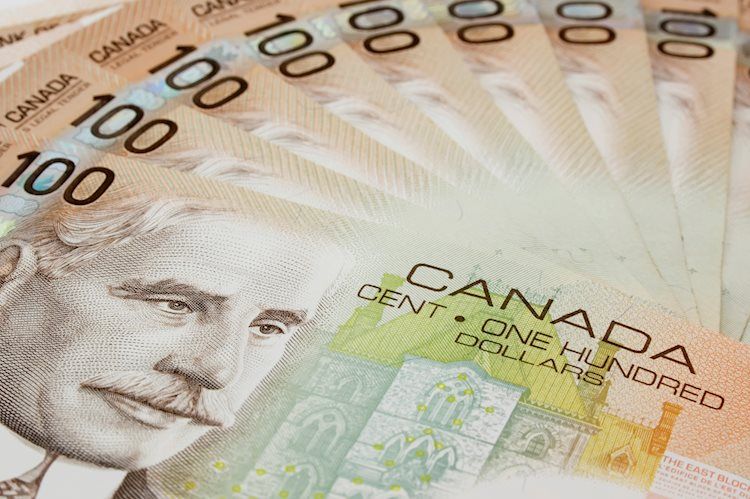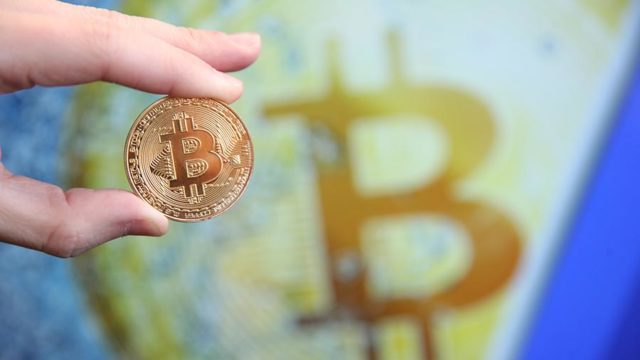It has happened to almost everyone who is bored in line waiting to pass the supermarket checkout: you see a chocolate bar, a pack of gum or a soda.
Unable to resist, you throw it in the cart.
This scene, repeated over and over every day in grocery stores and convenience stores, is a classic example of impulse buying.
Your decision to take that gum may have been spontaneous, but the plan to seduce him in the checkout line was carefully crafted.
It’s worth it for stores and brands, as shoppers spent $6 billion in store checkout area in 2020, according to market research firm IRI.
“Impulse buying represents a much, much larger component of consumer behavior than people realize,” said James Burroughs, who studies consumption patterns at the McIntire School of Commerce at the University of Virginia in the United States. “The front of the store is always a place to put impulse items.”
But how do companies select which products to put at the checkout? Why do we act impulsively at the end of our purchases? And are there any downsides for stores to capitalize on impulse buying?
Milk in the background. Cereal close to the ground
The transition to self-service supermarkets in the early 20th century helped spur impulse purchases.
Suddenly, shoppers could roam stores and grab whatever they wanted from the shelves, instead of asking a clerk to fill their order. So when shopping carts were introduced in the 1930s and 1940s, impulse purchases really exploded.
Today, stores map nearly every inch of their physical environment to influence shoppers’ decisions.
For example, dairy space is placed at the back of stores, forcing shoppers to walk around and pick up lots of other products before buying milk.
The meat department is usually on the other side of the store to get shoppers to walk around and throw even more items into the cart.
It’s no coincidence that tomato sauces are next to pasta and waffle cones are next to ice cream freezers — a strategy known as cross-merchandising.
Cereal boxes are usually close to the floor at eye level with children, which makes it easier for them to bother their parents to buy them.
“The lighting, the temperature, the arrangement of shelves and aisles — these have all been extensively researched and refined,” said Marion Nestle, professor emeritus of nutritional and food studies at New York University. “And their goal is to get people to buy more products.”
Brands also pay “allocation fees” to stores that play a critical role in product placement.
Some of the best points are the eye-level placement on the shelves, displays in the aisles and – most prominently – near the cash register.
Major food and beverage brands are particularly focused on placing their products near the checkout line where everyone walks past, as opposed to the candy and soda sections (most people go to the candy aisle primarily on Halloween or other holidays). ).
Stores put small, inexpensive items for quick consumption near the checkout because it’s easier for customers to throw them in their carts rather than, say, an eight-pack of paper towels.
“It’s the last opportunity to add an extra item or two on the way out the door,” said Burroughs of the University of Virginia.

‘Healthy box’
There’s also a reason candy is placed at the end of your purchases rather than the beginning, say marketing experts.
By the time we’ve finished our shopping and made it to the checkout line, we’re usually exhausted and less strong-willed than when we walk through the store doors.
“People are more likely to succumb to urges if they’re tired,” Burroughs said. “You can be a little less cautious.”
Because of how strong our temptations can be in the checkout line, there has been increasing pressure to force retailers to lead customers to healthier options.
“By rethinking the cashier, retailers can support the health of their customers rather than pushing consumption of extra – and often unwanted – calories from candy, soda and other unhealthy foods and beverages,” said the Center for Science in the Public Interest, a nonprofit consumer group, in a 2015 report.
The organization has been leading the campaign to pressure stores to change what they sell near the checkout counter.
The UK’s major supermarket chains have completely eliminated candy from cashiers. In the United States, Berkeley, California passed the “healthy checkout” law in 2020, regulating which products can be sold near the checkout.
Outside: junk foods, sweets and soft drinks. Instead, they included: fresh or dried fruit, nuts, yogurt and sugar-free chewing gum.
The regulation, a first in the US, requires stores to sell at least 2.3 square meters of healthy items within a close radius of the checkout counter at stores and supermarkets.
“Berkeley’s historic action will build momentum for future efforts to improve the food retail environment at the state and local levels,” the group said.
Source: CNN Brasil
I am Sophia william, author of World Stock Market. I have a degree in journalism from the University of Missouri and I have worked as a reporter for several news websites. I have a passion for writing and informing people about the latest news and events happening in the world. I strive to be accurate and unbiased in my reporting, and I hope to provide readers with valuable information that they can use to make informed decisions.






